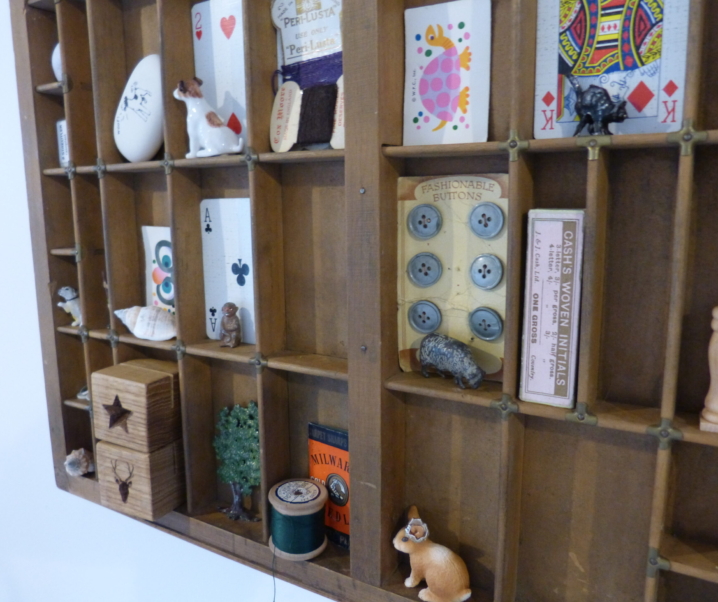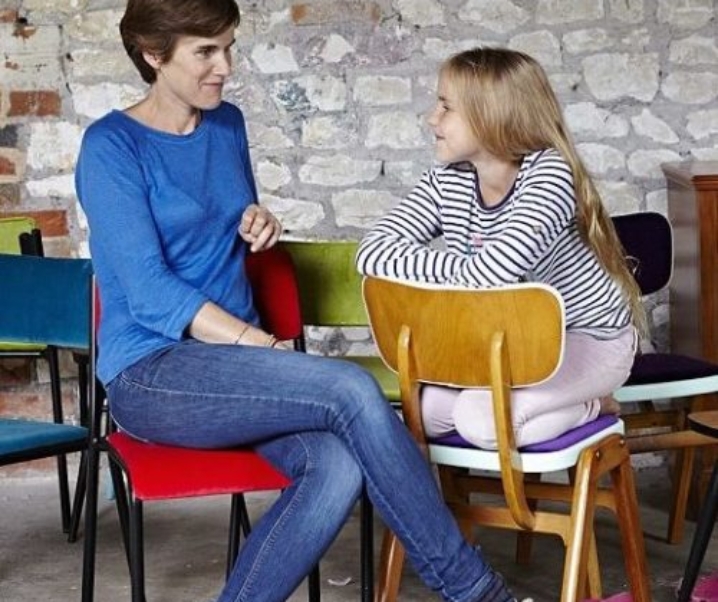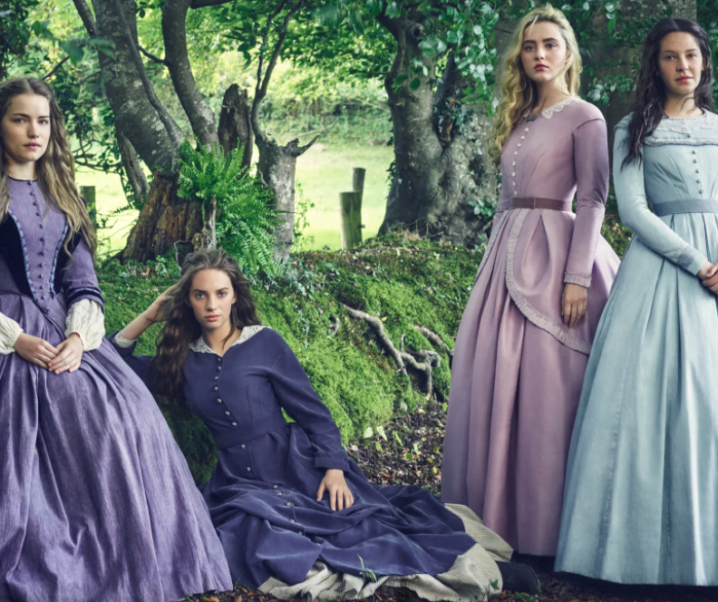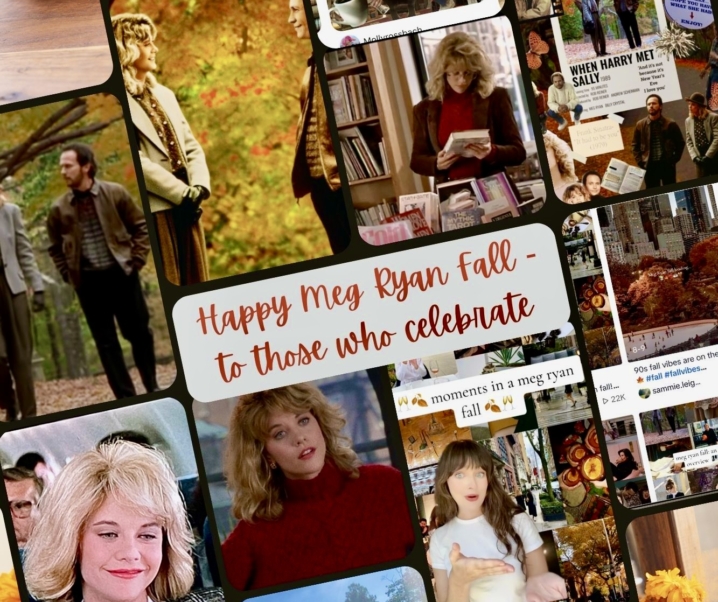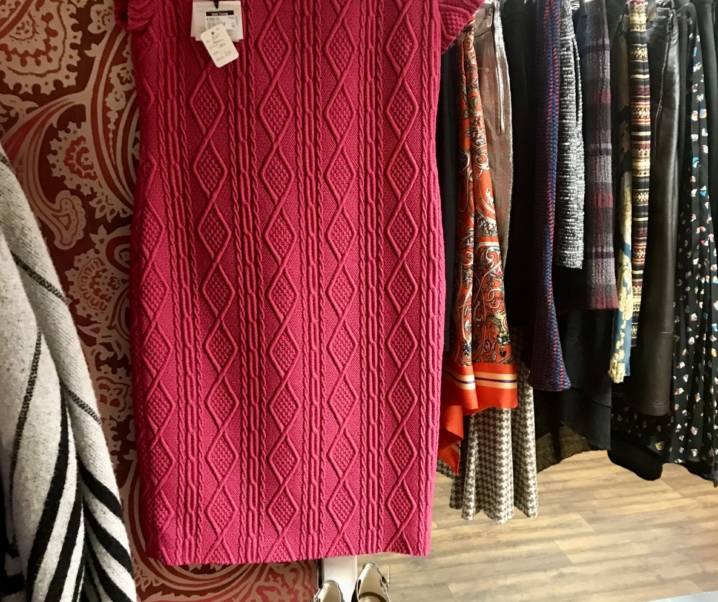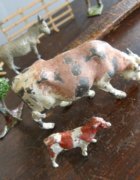Where are you on the vintage spectrum? One antique scent bottle in an otherwise sleek leather and chrome modern apartment? Or have you jumped into vintage decoration with both winkle-pickered feet?
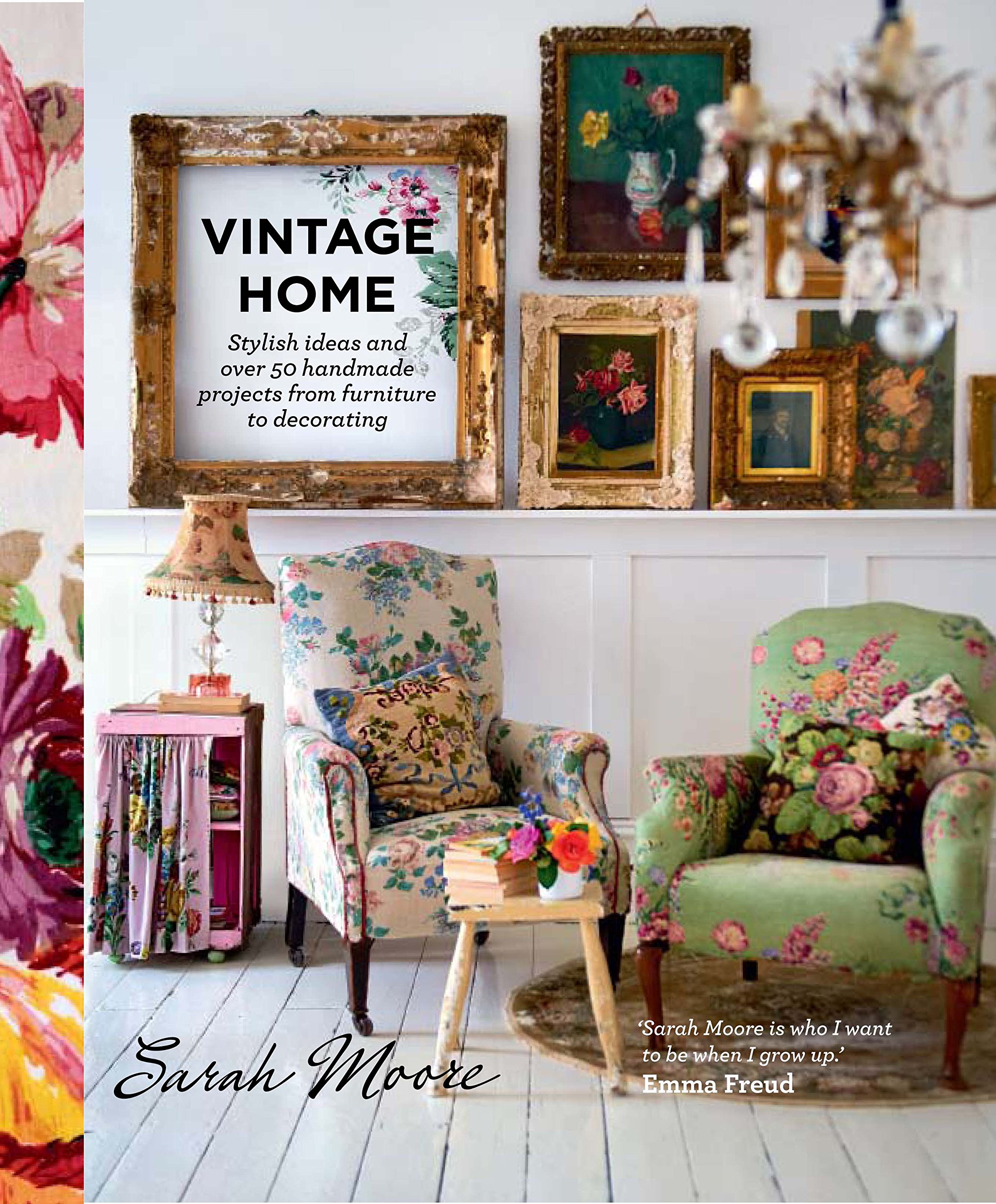
When it comes to vintage interiors, ‘anything goes’. It’s okay to mingle eras and epochs, to have an industrial Edison light bulb hanging over a Louis XIV gilt mirror. You can have pared-down Scandi’ chic in your lounge and wildly extravagant Parisian excess in the bedroom. No one is going to ask why your antique Sheraton china cabinet is full of spinning tops and doll’s heads.
Shabby, sophisticated, junk-yard and hotel luxe; it’s all on the vintage spectrum. The only real question is…are you? To find out where you are on the spectrum, Jolly Volley has highlighted all the major vintage trends. All you have to do is keep a score of how many items on the following lists you have in your home…
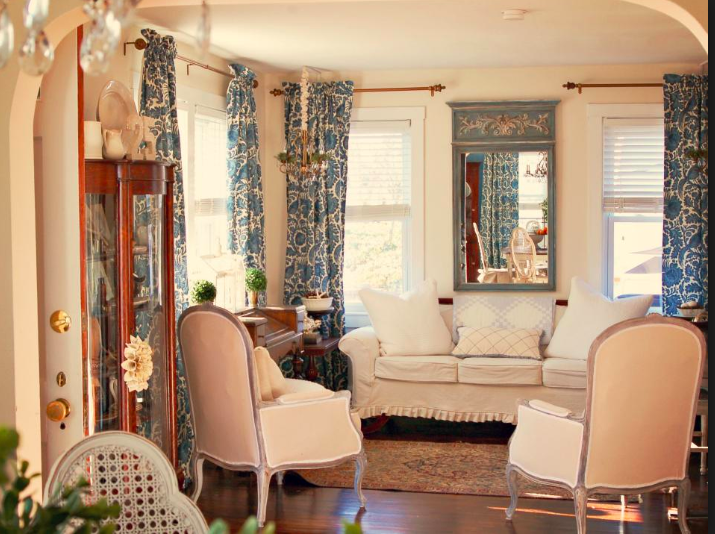
Trend one; English country house
What is it? It’s only the most enduring home style in England and it also straddles the globe like a well-padded bottom on an Irish Hunter. The key piece is a capacious sofa the size of Chipping Norton surrounded by antiques, framed portraits of be-whiskered ancestors and at least a dozen Oriental pieces from ginger jars to black lacquered beds. Key notes include faded linen, lamps on little tables and leather bound volumes featuring grandfather’s travels in Africa. It is informal, relaxed, slightly faded, often eccentric (sunglasses on a marble bust) and effortlessly timeless.

Inspiration? Get yourself a National Trust pass so you can visit the stately homes of Britain. Be prepared to come back with a notebook full of ideas and a belly full of scone. Browse the pages of House and Gardens magazine for grand, real-life homes. Scour antique shops and sales rooms for your furniture and take home some sample books by Colefax and Fowler and Linwood as you are going to need lots of fabric and wall-paper.
Score a point if you have;-
An oil painting of an man in a frock coat or military uniform
Genuine tweed, velvet or tartan soft furnishings
Statuary – one point for every statue you have in the garden (not gnomes), two for every statue in the home
Chinese jars
Pictures featuring cameo silhouettes
A linen sofa – an extra point if it’s floral
Mahogany furniture (unpainted)
An antique Turkish rug or runner
A library or reading room
Two labradors
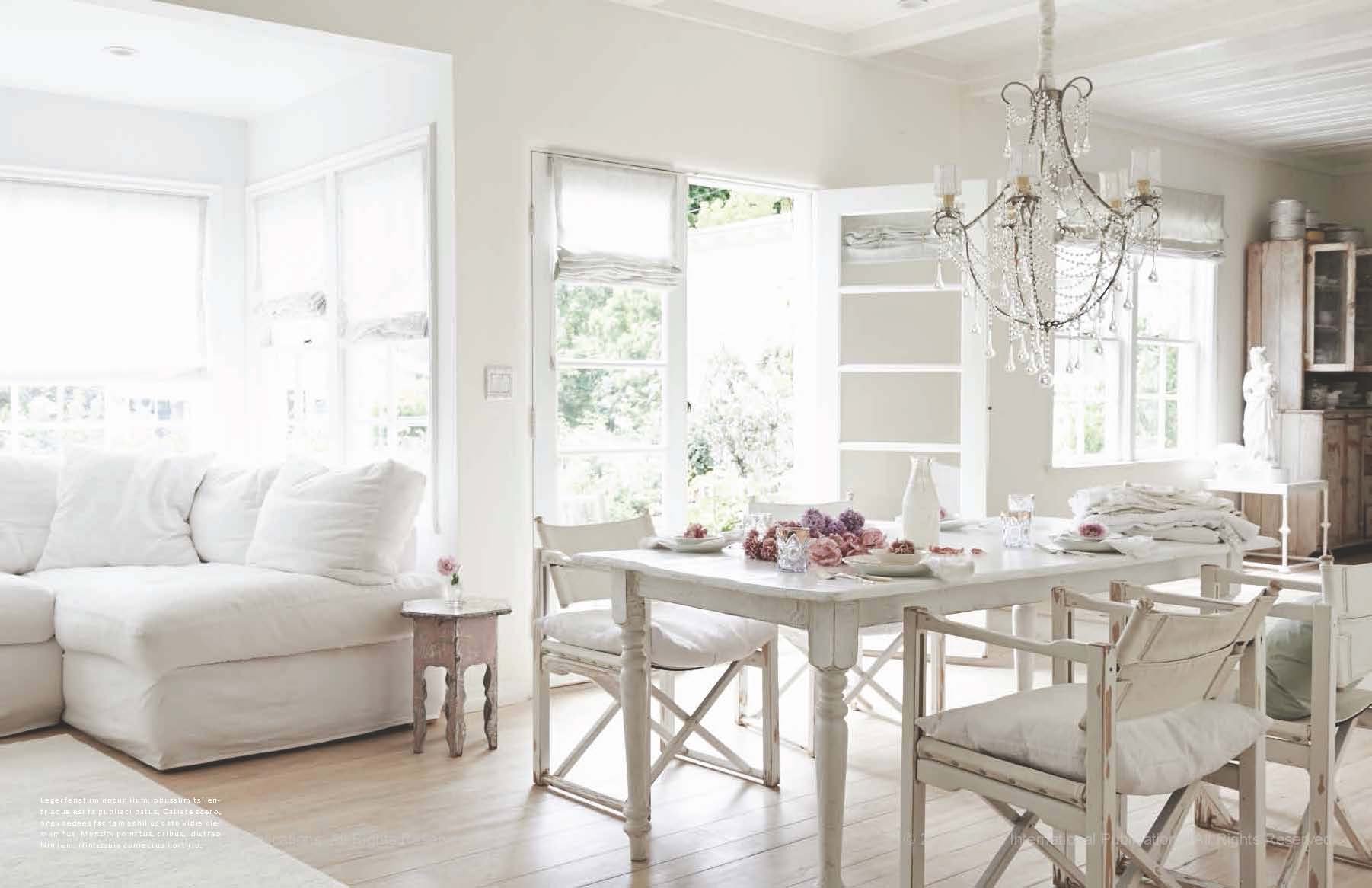
Trend two; shabby chic
What is it? It is not just a catch-all term to describe the art of covering brown furniture with chalk paint. Shabby chic has been with us since the 1980s when born-again bohemians started to buy junk in order to add their own artistic touches. It was a trend born of necessity. People bought second-hand because it was all they could afford. Now shabby chic-ers buy modern pieces or genuine antiques and distress them to look chippy, flaky and careworn. At it’s best shabby chic is warm, comfortable and very lived-in. As the predominant colours are whites, creams and cool greys; the overall effect is easy on eye and quietly pleasing.

Inspiration; Get yourself an Annie Sloan colour chart and devour everything written by shabby chic goddess Rachel Ashwell. Rachel has been dealing in shabby chic since 1989 and now runs a The Prairie, b&b accommodation all showcasing for her vintage finds.
Score a point if you have;-
A driftwood sign bearing words of wisdom – deduct one if it is a jokey sign to do with wine
Annie Sloan painted furniture
White/grey candlesticks
A Welsh woollen throw
A mis-matched pottery collection; two points for a baby bath-sized soup tureen
A sloppy sofa covered by a slip-cover
Dried chrysanthemums in an old jar
Chippy paint shutters
Teddies, dolls and rocking horses – score one for each
A pug or chihuahua – any breed which looks good in clothes, ribbons and handmade dog beds

Trend three; 1960’s swank
What is it? Get your shades on; this look is swirly, psychedelic, space age and fearless about orange. The young people coming out of the war years wanted to celebrate their youth and relative prosperity by surrounding themselves with pop art, colour, cutting edge design and beanbags. But it was also the age of flower-power and anti-consumerism and this reflected itself in home-spun, folksy crafts and woven soft furnishings.
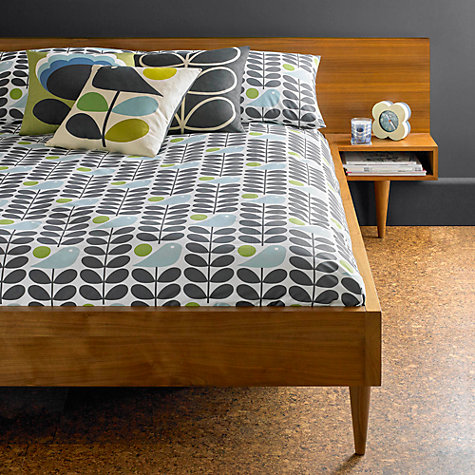
Inspiration: This 1960s look is everywhere on the high street thanks to the popularity of Orla Kiely who has personally turned around the fortunes of charity shop Murano glassware and Poole pottery which has been lingering there since granny cast it out in the 1970s.
Just don’t forget to buy a nest of tables.
Score a point if you have;-
A 1960s or 70s dinner service featuring orange, brown or reds
A record player in a sideboard
A teak sideboard or dining set
Scatter cushions on a shaggy or animal print rug – score a point for each one
An Andy Warhol print
Orla Kiely-inspired bedding or cushions
Anything orange
A food or drink’s trolley – score an extra point if you have a pineapple shaped ice bucket
A plastic picnic set
A poodle
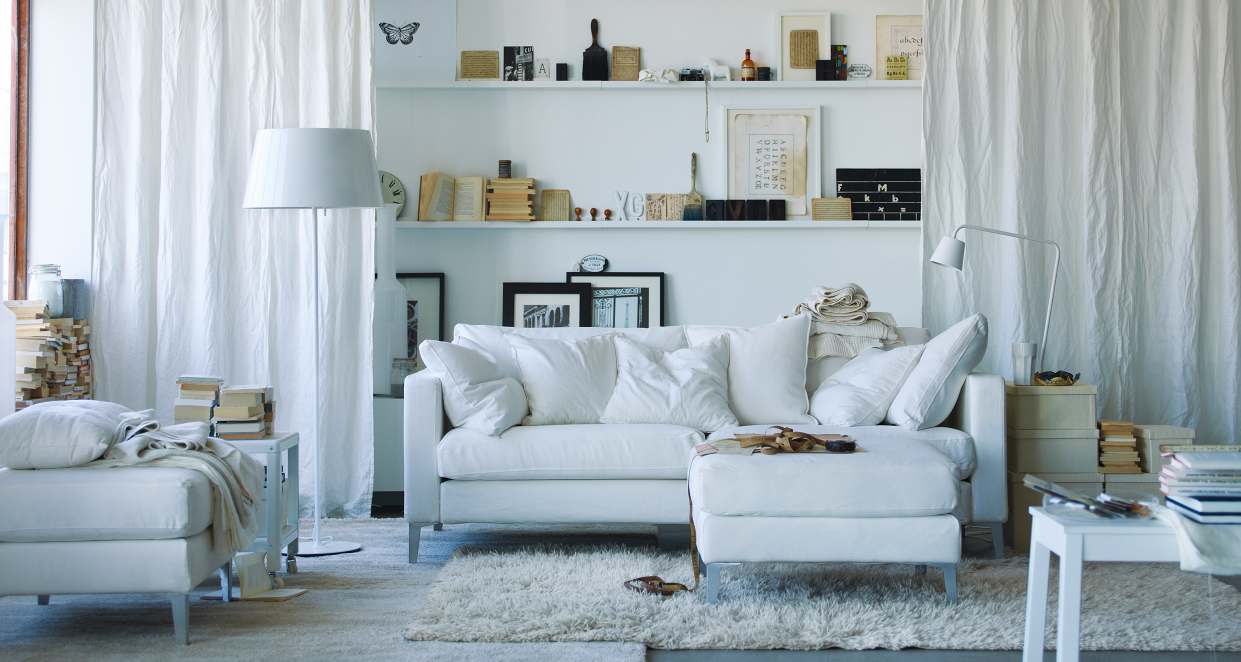

Trend four; Gustavian
What is it? You might not be recognise the word but if you have ever lusted after white rooms, with pale wood furniture on lime washed walls then you are familiar with Scandi’ style. It looks fresh, modern and minimalist but dates back to King Gustav III when this style – cribbed from the Palace of Versailles – was adopted to decorate the royal palaces in the late 1700s. Think mirrors, huge chandeliers and furniture legs decorated with rosettes and scallop detail. It’s also about light. If you cannot get enough light from a seven-armed chandelier; line your room with gilded wall sconces.
Inspiration: If your budget will allow, buy an antique Mora clock for around £2k. If not, find Gustavian influenced pieces in your local Swedish superstore Ikea.

Score a point if you have;-
A Mora clock – score one if you know what one is, two if you own one
Blue and white wallpaper
An antique picture of a Scandinavian aristocrat
French mirrors
Crystal chandeliers – one point for each arm
Lime washed wooden floors
A scrubbed oak table and benches
A room decorated entirely in white with discreet flashes of gold
Gustavian chairs (see picture)
A grey greyhound
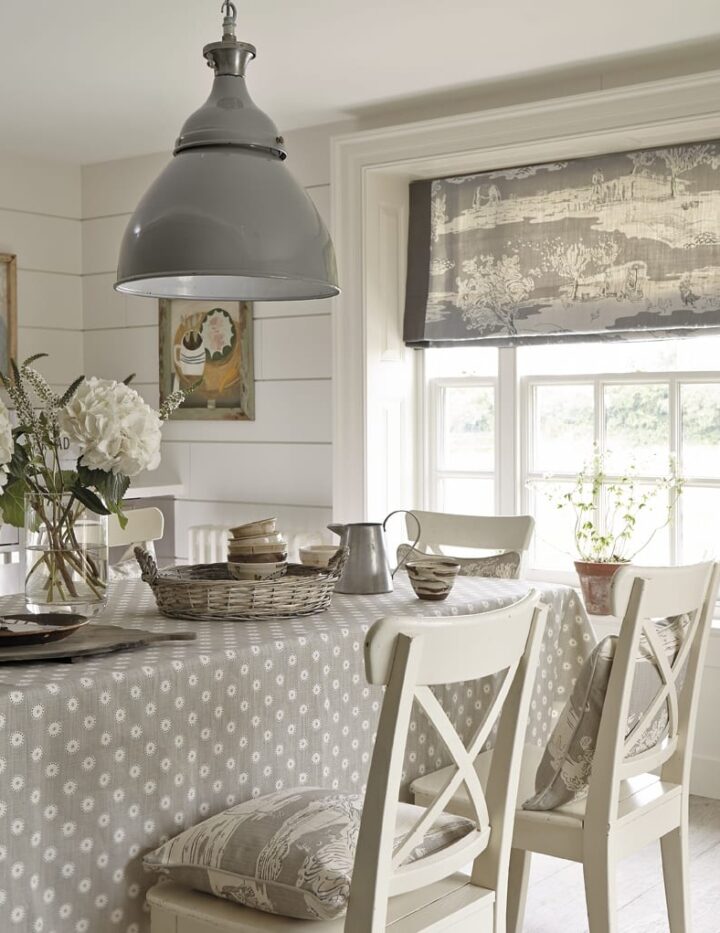
Trend five; Country cottage vintage
What is it? Country cottage style is an excuse to fill your home with patchwork eiderdowns. It’s a dream for every vintage hoarder because you can collect rolling pins, 25 jelly moulds and earthenware pie dishes even though you only ever cook warm-ups. This look depends on your cottage of origin. English cottages tend to be twee and floral. French country style is more restrained and tasteful using hop-sack cushions and hand embroidered linens.
Inspiration: Subscribe to Country Living magazine to copy the look. Buy wallpapers and fabrics from Vanessa Arbuthnott or Kate Forman and study their look-books and mood boards. Think nature, painted furniture and lots of old kitchen gadgets you will never use…
Score a point if you have;-

Eiderdowns, preferably patchwork but crochet will do
A slouchy sofa which must be covered in ticking, hop-sack or floral chintz
Wicker or metal baskets
Rustic hearts and bunting
Blue and white pottery, score one point extra if it is either Spode or Cornishware. Score two points if you have a Victorian washing bowl and jug.
1800s-1950s kitchenalia – deduct one point for modern copies
A rushed valance with lace trim
More cushions than the population of your nearest town
A tartan footstool
A fox terrier called Bertie
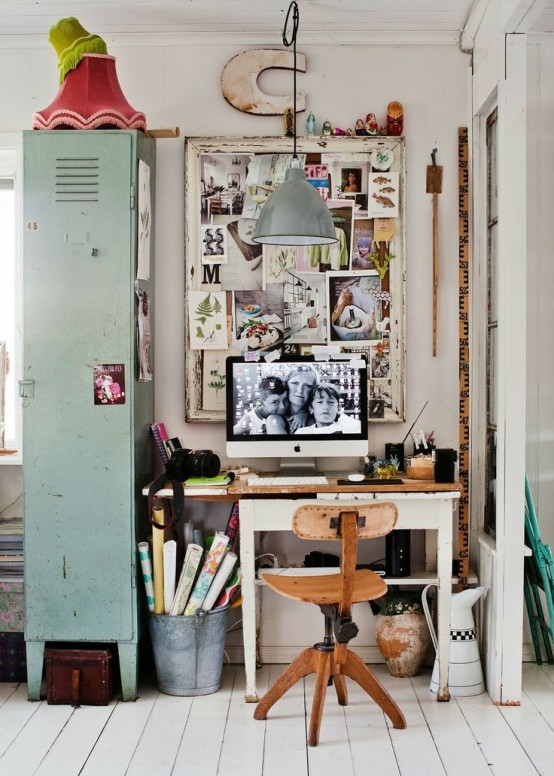
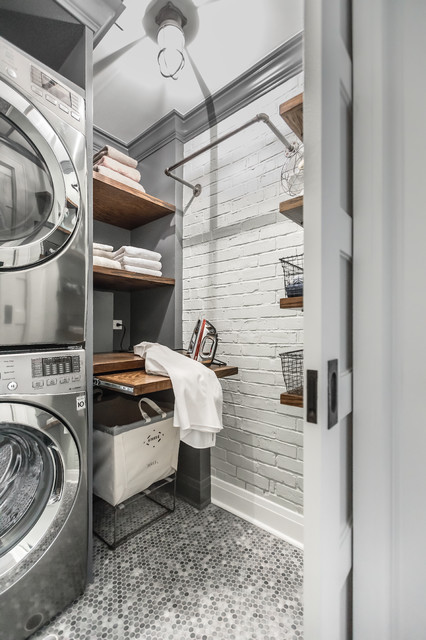
Trend six; industrial
What is it? The most surprising trend for the 21st Century homes is the rise and rise of industrial chic. For decades skip after skip has been filled with metal filing cabinets and old sewing machine tables which mean the remaining stock is selling for hundreds of pound on eBay. Why? Well, as lofts and industrial buildings were converted into living spaces – complete with exposed brick wall and external pipework – people wanted furnishing to match. So we have a whole raft of factory chic which has culminated in every home having at least one metal pendant lamp hanging over their dining table (which started life as a mill factory door).
Inspiration; If asking the local mill owner for a factory tour does not appeal – get yourself to any modern restaurant or pub. Learn how to scour salvage yards for old school/office chairs and tables. Add metal and concrete to every surface and don’t be afraid to leave the plaster off your walls. There are lots of companies recreating industrial items from high street stores like Next to high end e-commerce sites like Swoon Editions.
Score a point if you have;-
An old tool re-purposed as a light
Metal/wood office furniture
An original apothecary/architect’s drawers
A black, dark grey or navy wall
Pigeon holes or wall clock from a local works – score a point for each
A wooden and metal seamstress stool
A factory cart/railway trolley refurbished as a coffee table
Wire storage baskets and bin
Exit signs
A German shepherd or Rottweiler which screams ‘security’ but is as soft as butter in temperament.
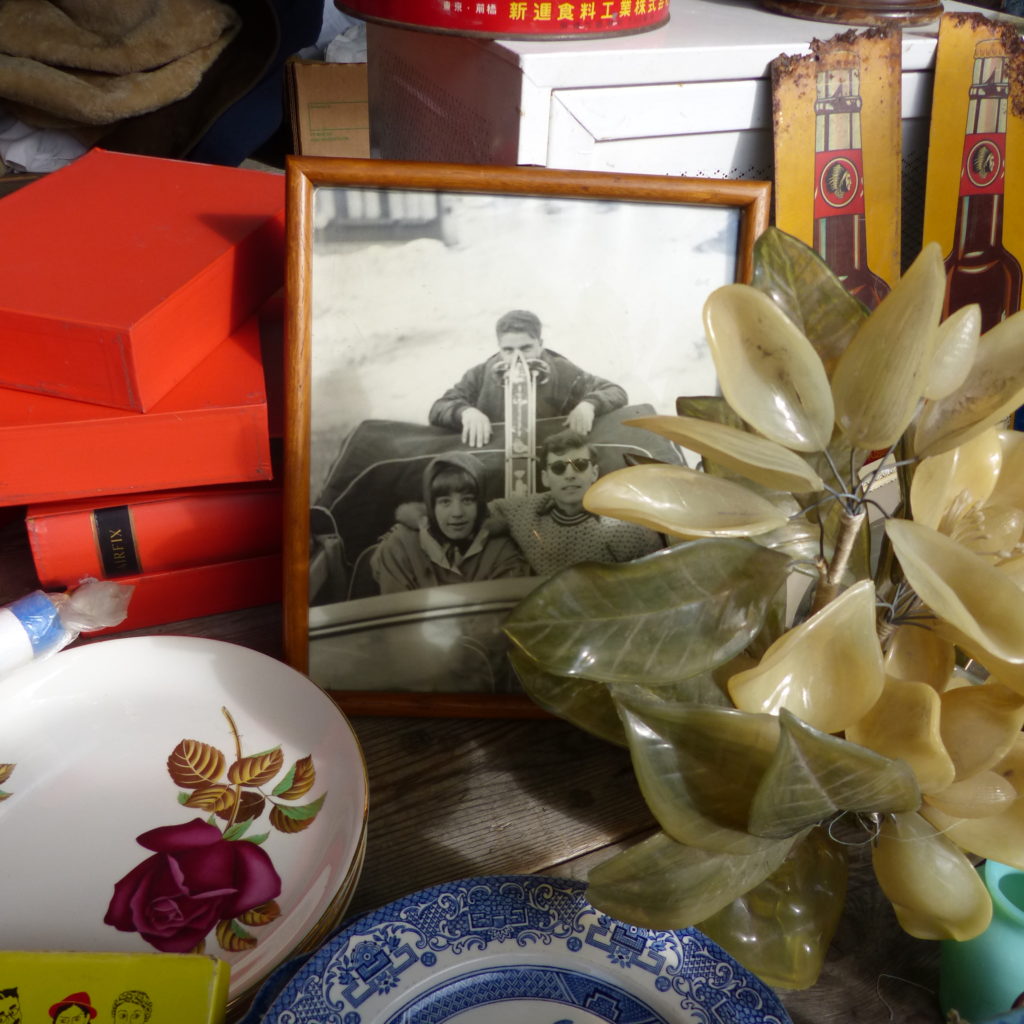
So how did you do;-
Under ten – You are only just on the vintage spectrum and you really need to get some second-hand/retro/junk yard finds into your home.
10-30 – you have an interest in some vintage elements but you are judicious and picky about what you own. No one is going to sell you a rusty bean can posing as a high end vase. I salute you because you have probably picked a look – English Country home – and you have a stuck with it. You are a purist, don’t let anyone call you boring.
30-50 – Okay, you need to be careful as you are sliding into full-on vintage obsession. You are beginning to think that a visit to a vintage fairs is more fun that the pub and you are going to buy another shelf because you are running out of display space.
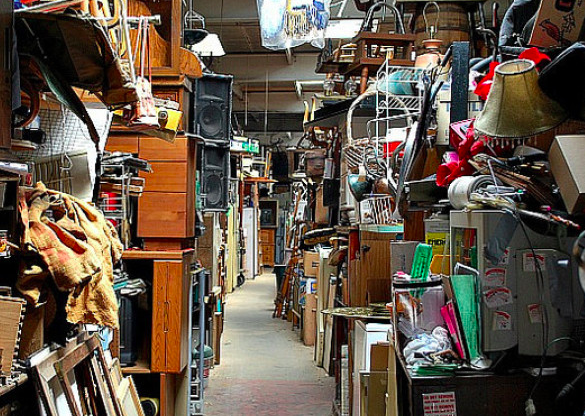

More than 50 – You already know you have a problem because your friend and family tease you for the amount of time you spend crying because you’ve lost out on a tatty chair on EBay. Your home, shed, loft and car boot is full of broken items of furniture you will refurbish. You were going to do it today but you had to visit a flea market forty miles away. Your collection of rolling pins, rusty advertising tins and meat slicers is getting ‘out of hand’. You have bought industrial items that salvage experts cannot identify. You visit all the charity shops but have a favourite and they put things aside for you. You are thinking of opening a vintage store or at least online shop as a way of channelling your obsession into something constructive.
Study the image above of the vintage shop above. No, really study it.
If you are thinking ‘is that a real store? I’d love a rummage’ – there is NO hope.





